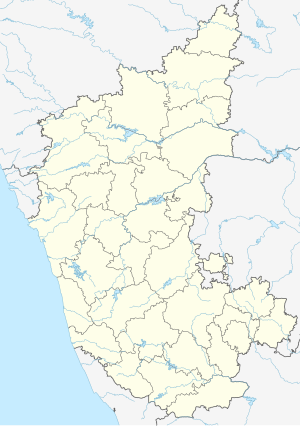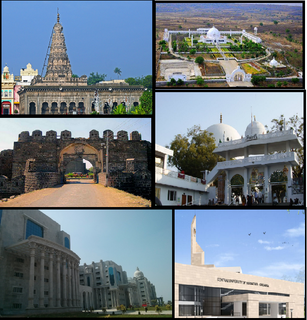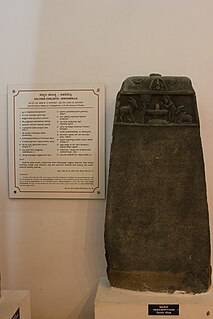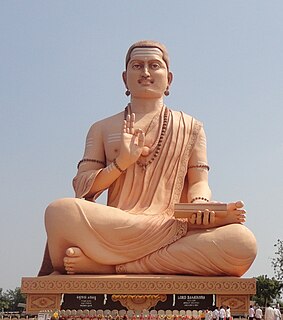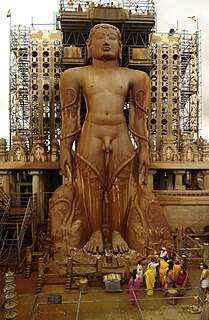| Basavakalyana Fort | |
|---|---|
| Part of Basavakalyana town, Bidar District, Karnataka | |
| Basavakalyana, India | |
 View of Basavakalyana Fort | |
| Coordinates | 17°53′02″N76°56′53″E / 17.884°N 76.948°E |
| Type | Fort |
| Site information | |
| Owner |
|
| Open to the public | Yes |
| Condition | Ruins |
| Site history | |
| Built | 973 |
| Built by | Nalaraja |
| Battles/wars | Several |
Basavakalyana fort, earlier known as Kalyana fort, is located in Bidar district in the Indian state of Karnataka. Its historic importance is dated to the 10th century. The capital of Chalukyas was also shifted from Manyakheta to Kalyana in the 10th century. The fort, integral to the Basavakalyana town, is also famous as Karmabhoomi of Basavanna (founder of Lingayatha community) and hundreds of other Sharanas (saints of Lingayatha community). [1] [2] [3] [4]
Contents
Basavakalyana (known in the history as Kalyana) with its fort was the centre of a great social and religious movement, in the 12th century, because of Basaveshwara, the social reformer. It became a seat of learning. Basaveshwara, Akka Mahadevi, Channabasavanna, Siddarama and many more Sharanas are associated with Basavakalyana. Basaveshwara, in particular, fought against casteism and orthodoxy in Hinduism. [5]
